Messor arenarius
879,90 zł – 1299,90 zł
Messor arenarius, also known as the Harvester Ant, is a fascinating ant species that is perfect for collectors. It is the second largest species of Messor in the world and has unique behaviors that will captivate any ant enthusiast.
| Behavior | |
|---|---|
| Difficulty in breeding | |
| Origin | |
| The size of ants | |
| Wintering |
Messor arenarius: The Harvester Ant
If you’re looking for a fascinating ant species to add to your collection, look no further than Messor arenarius. Known as the harvester ant, Messor arenarius is the second largest species of Messor in the world. With its impressive size and unique behaviors, this ant is sure to captivate any ant enthusiast.
Colony Dynamics and Size
Colony Type: Monogyny
Colony Size: Up to 5000 workers
Development Speed: medium
Size and Appearance
- Queen: 18-23 mm
- Workers: 6-13 mm
- Majors: 14-19 mm
Size and Appearance
Nutrition
Nutrition:
- Food insects (such as cockroaches and crickets) dead, or live if colony is big
- Fruits and vegetables
- Jelly
- Cooked chicken without salt, shrimps
Don’t forget to check out our food products to ensure a well-balanced diet for your colony!
Habitat and Temperature
- Humidity: Arena: 40-60%, Nest: 50-70%
- Temperature: Arena: 22-30 °C, Nest: 22-26 °C
Behavior and Specializations
Messor arenarius ants exhibit fascinating behaviors and specializations within their colonies. Major workers have enlarged mandibles, allowing them to efficiently cut and transport seeds. These seeds are then stored in granaries within the nest, providing a long-term food supply.
The workers also exhibit division of labor, with some individuals focusing on foraging, while others tend to the queen and larvae. This intricate social structure ensures the well-being and productivity of the colony.
Keeping Messor arenarius
If you’re interested in keeping Messor arenarius ants, it is important to provide them with a suitable ant farm setup. This can be achieved by using a formicarium, which is a specially designed enclosure that mimics the natural habitat of these ants.
The formicarium should include a nesting area, where the queen and brood can be safely housed, as well as a foraging area where the workers can search for food. The nesting area should have a moist substrate to maintain proper humidity levels. Providing a heating element can help create the warm temperature conditions ideal for Messor arenarius.
Regular maintenance of the ant farm is essential to ensure the health and well-being of your Messor arenarius colony. This includes providing a balanced diet, cleaning the farm regularly, and monitoring the temperature and humidity levels.
Conclusion
Messor arenarius, the harvester ant, is a captivating ant species that offers a unique and rewarding experience for ant enthusiasts. From their impressive size and striking black coloration to their specialized behaviors and dietary preferences, these ants are sure to captivate and fascinate anyone who keeps them.
By providing the ideal habitat and care for your Messor arenarius colony, you can observe the intricate social interactions and marvel at their industrious nature. So if you’re looking to add an intriguing ant species to your collection, Messor arenarius is an excellent choice!


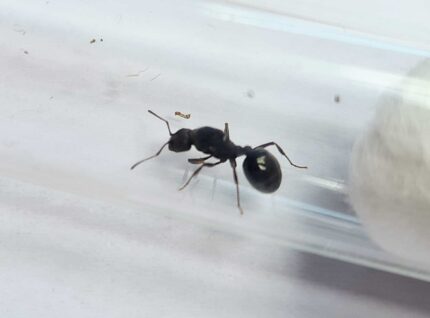
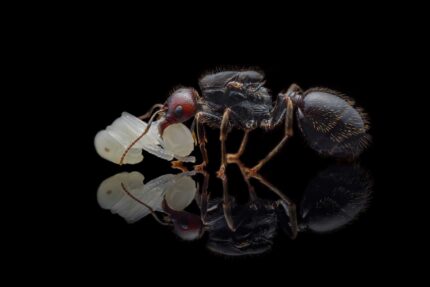
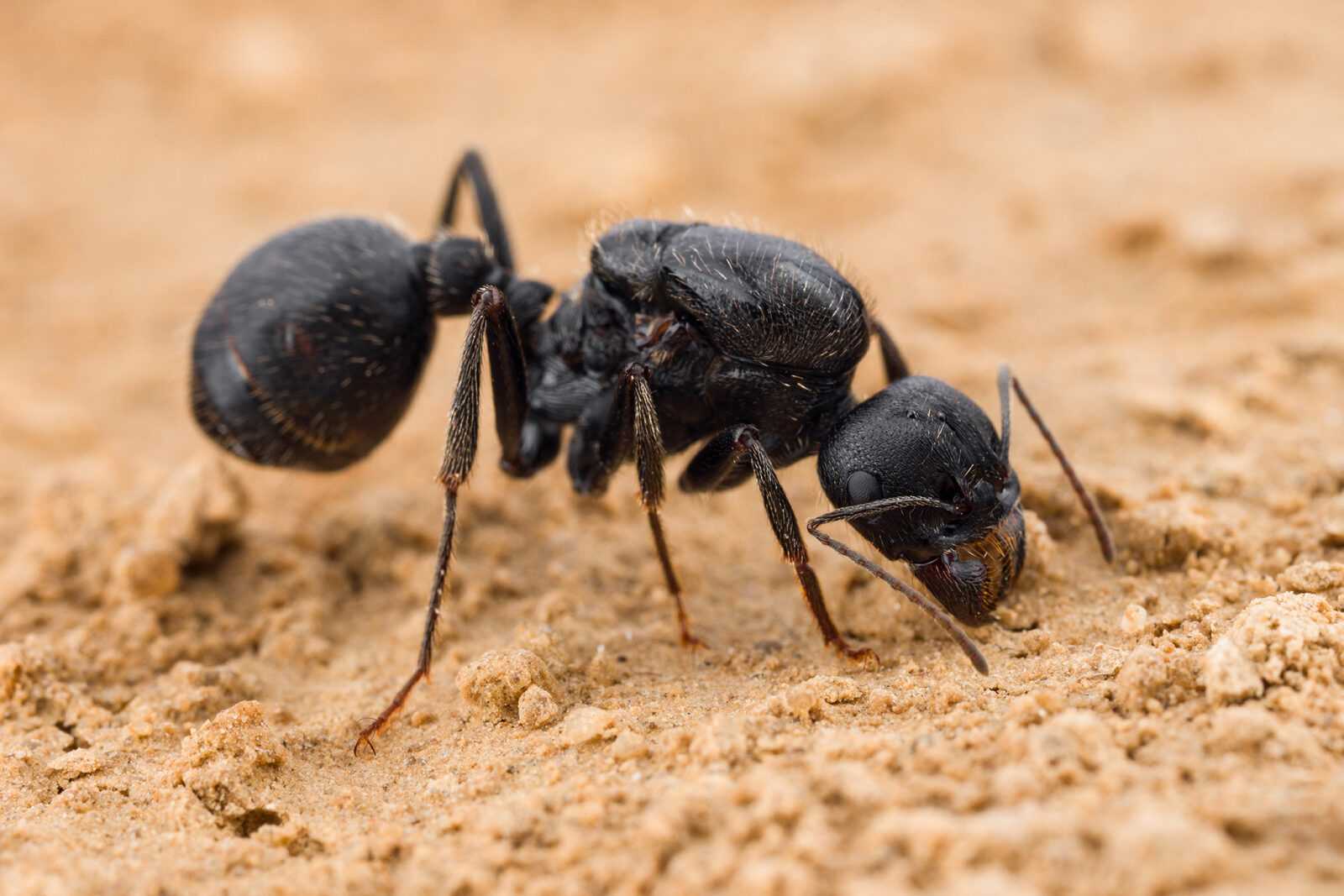
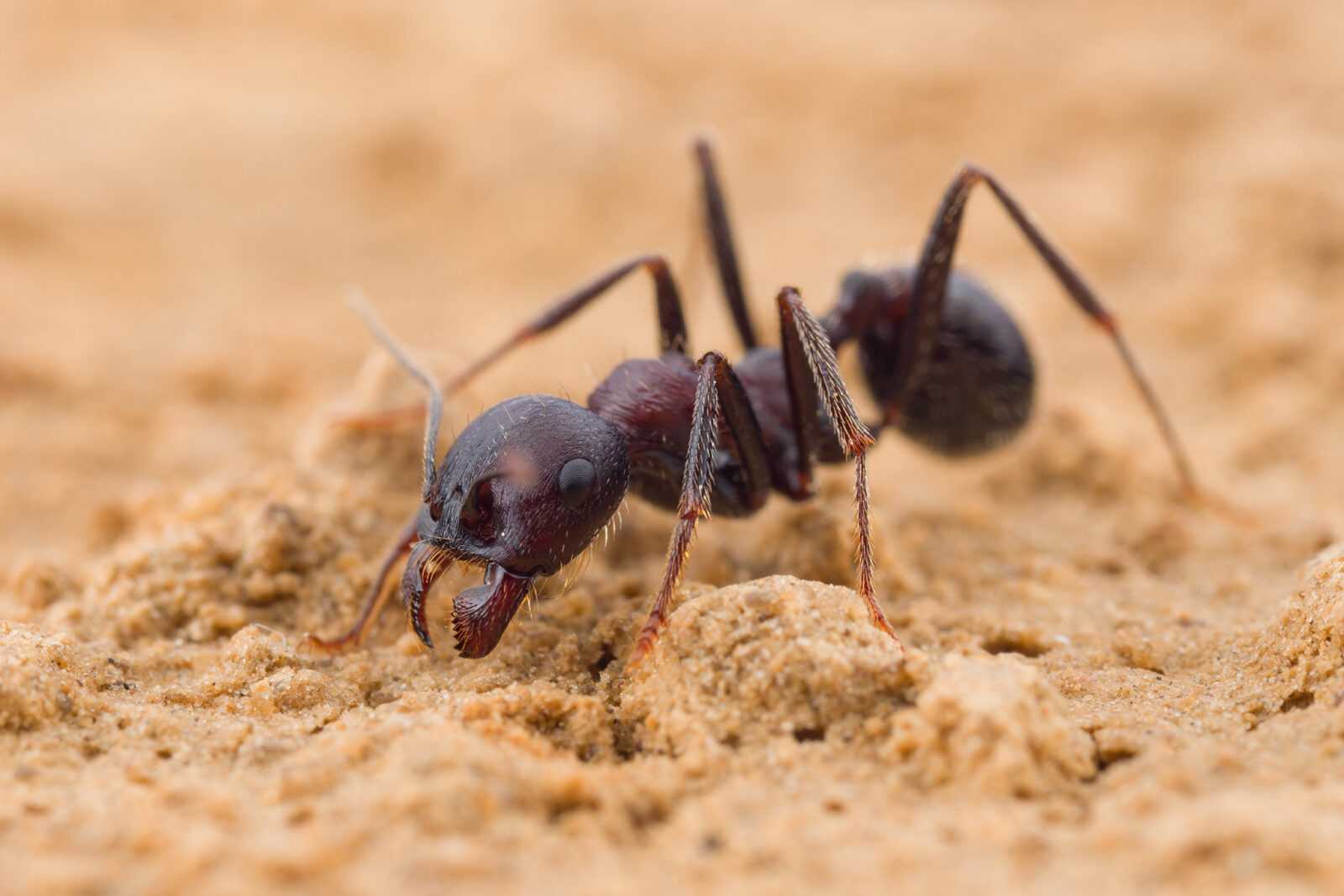

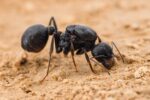
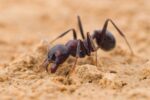
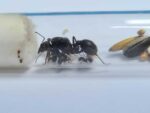
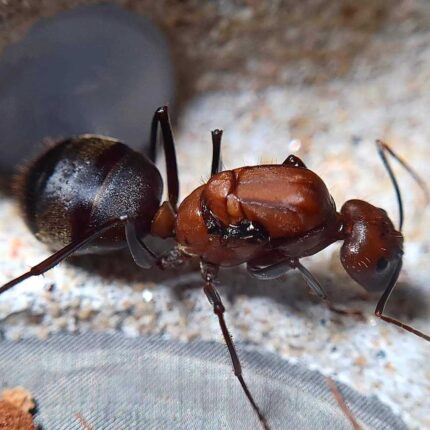
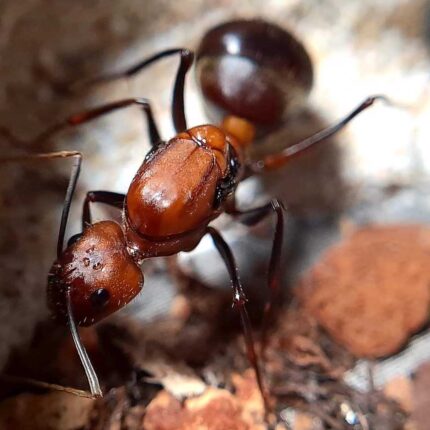
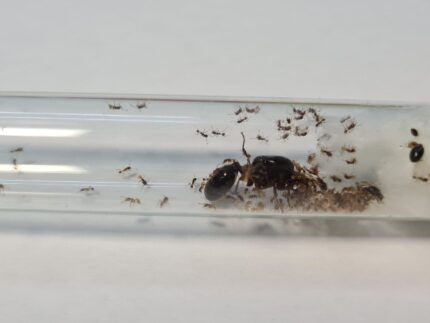
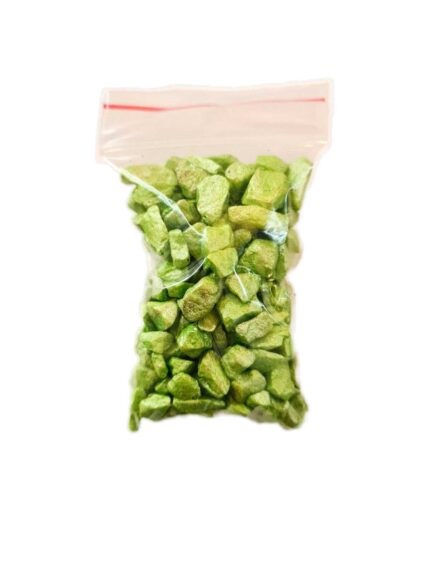




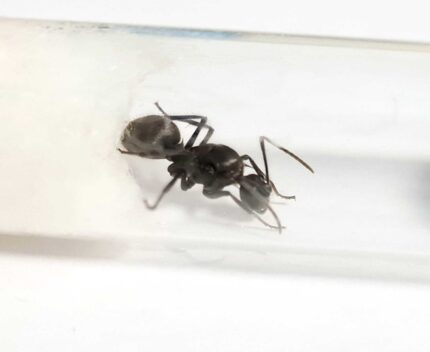

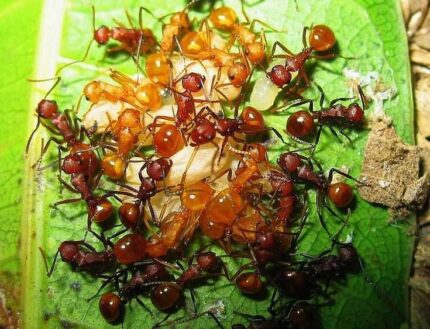
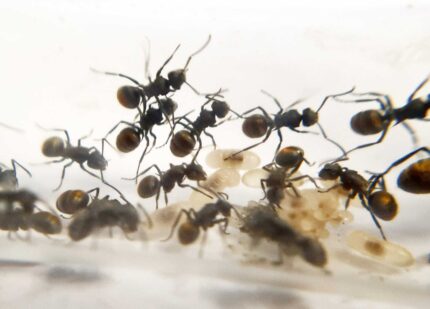
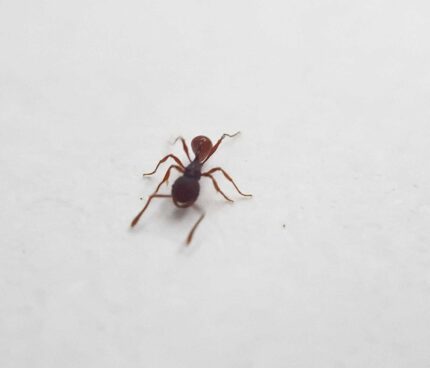
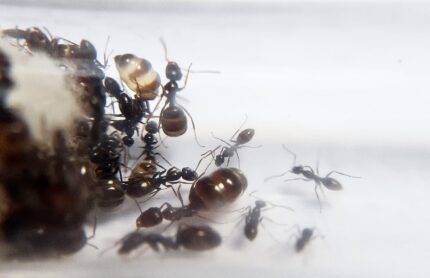
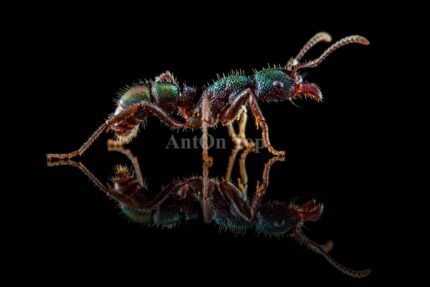
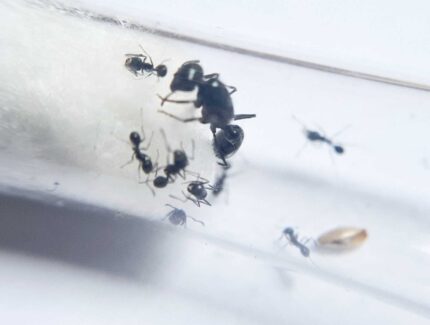
Valoraciones
Clear filtersNo hay valoraciones aún.